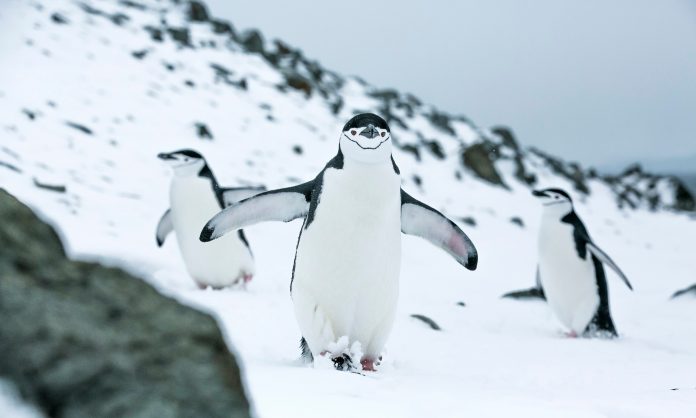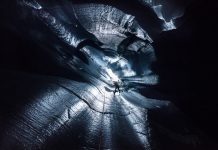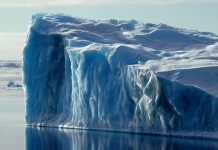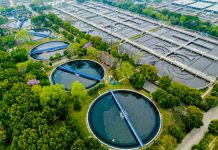Oceans campaigner at Greenpeace UK, Louisa Casson, explores the importance of protecting the Antarctic Ocean
This year, we can create the largest protected area anywhere on Earth. In October this year, governments from around the world will meet at the Antarctic Ocean Commission and decide whether to create an Antarctic Ocean Sanctuary. This would put 1.8 million square kilometres of pristine waters off limits to industrial fishing vessels and create a haven five times the size of Germany for marine life to recover and build resilience to a changing ocean.
The Antarctic Ocean is one of the most important oceans around the world, driving ocean currents that affect our global climate, and providing the feeding grounds for whales that make mammoth migrations from tropical waters every year – including the blue whale, the biggest animal to have ever existed on this planet. Yet parts of the Antarctic are warming at a faster rate than anywhere on Earth as a result of climate change, while the carbon that the oceans absorb are creating a more acidic, hostile environment for the wildlife that calls these waters home.
Crucially, the Antarctic Ocean is one of the only areas of international waters which we can currently protect. Governments in the Antarctic Ocean Commission have a mandate to safeguard marine ecosystems in this ocean wilderness. This is practically unique: in most international waters companies are allowed to plunder the seas for profit because governments are unable to protect them. These vast blue expanses, outside the jurisdiction of any one state, cover about half of Earth’s surface. They are home to some of the most biologically important and most critically threatened ecosystems in the world. Scientists recommend that to avoid the worst effects of climate change and protect biodiversity, we need to safeguard more than 30% of our oceans by 2030. Yet less than 1% of the high seas are currently protected.
But we can address this gap. This year, governments begin formal negotiations for a new global oceans treaty at the United Nations. It’s a historic opportunity to set the global framework for establishing ocean sanctuaries in international waters. A strong agreement could supercharge ocean protection for generations to come.
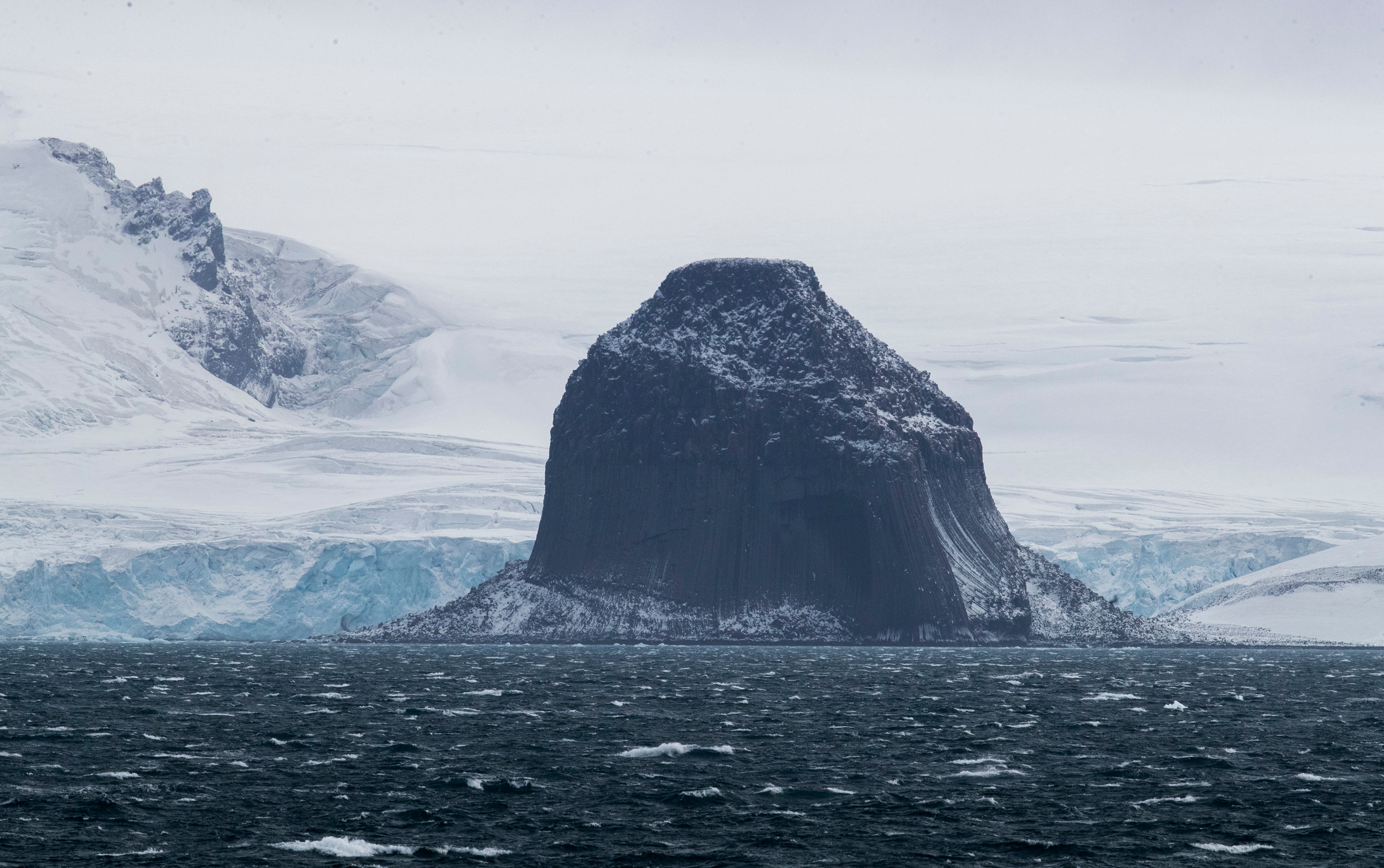
Image: © Paul Hilton Greenpeace
But we know that we cannot leave negotiations over our global commons to stuffy conference rooms; that’s why Greenpeace has launched our Protect the Antarctic campaign, calling on governments to demonstrate that international co-operation can protect our seas, and mobilising people around the world to hold their governments to account over the seas we all rely on.
The Antarctic is a special place, not just because of its colossal glaciers or its iconic penguin colonies – but because the region belongs to us all, as the preserve of peace and science. While the bottom of our planet certainly feels remote and difficult for many of us to impact, if we act together we can affect profound change for the common good.
In the 1980s, when oil and mining companies were eyeing up the landmass of Antarctica as a place of untapped deposits, a movement of millions convinced governments to put the entire continent off-limits to extractive industries. We’ve protected the Antarctic’s land; now we need to protect its seas.
That’s why a Greenpeace ship is currently on an 80-day expedition to the Antarctic Ocean, crossing some of the most treacherous waters on the planet to bear witness to the world’s last wilderness and the threats it currently faces. Joined by scientists, researchers, journalists and even celebrities like Javier Bardem, we went down to a part of the Antarctic seabed never visited by humans before, finding a seafloor carpeted with vulnerable life, from feather stars to sea squirts.
We have tracked industrial fishing vessels, sucking up the krill upon which all Antarctic life relies, in the very same waters that governments and scientists have earmarked for protection. And we have captured stunning aerial footage of the Weddell Sea, the coldest sea on the planet, which governments can protect this year.
Gathering scientific evidence bolsters our case for protection, a call now echoed by over a million people around the world who are backing the creation of an Antarctic Ocean Sanctuary.
Our oceans are facing mounting pressures, from overfishing, climate change and pollution. But collectively, we know what we need to do to protect them. Ocean sanctuaries work. Around the world, in waters that are protected, we see marine life that is more plentiful, bigger and more diverse. In combination with rapidly moving away from fossil fuels and tackling plastic pollution at source, we can turn the tide on the fate of our oceans by creating large-scale, fully protected, sanctuaries.
This won’t be easy. But as the polar explorer Ernest Shackleton wrote in Escape from the Antarctic: “I have marvelled often at the line that divides success from failure and the sudden turn that leads from apparently certain disaster to comparative safety.” Let’s make that sudden turn this year, for the health of our oceans.
Louisa Casson
Oceans campaigner at Greenpeace UK
Protect the Antarctic campaign for Greenpeace UK
Tel: +44 (0)20 7865 8100
Editor's Recommended Articles
-
Must Read >> Arctic science for the past, present and future
-
Must Read >> Environmental challenges in the Polar Regions


